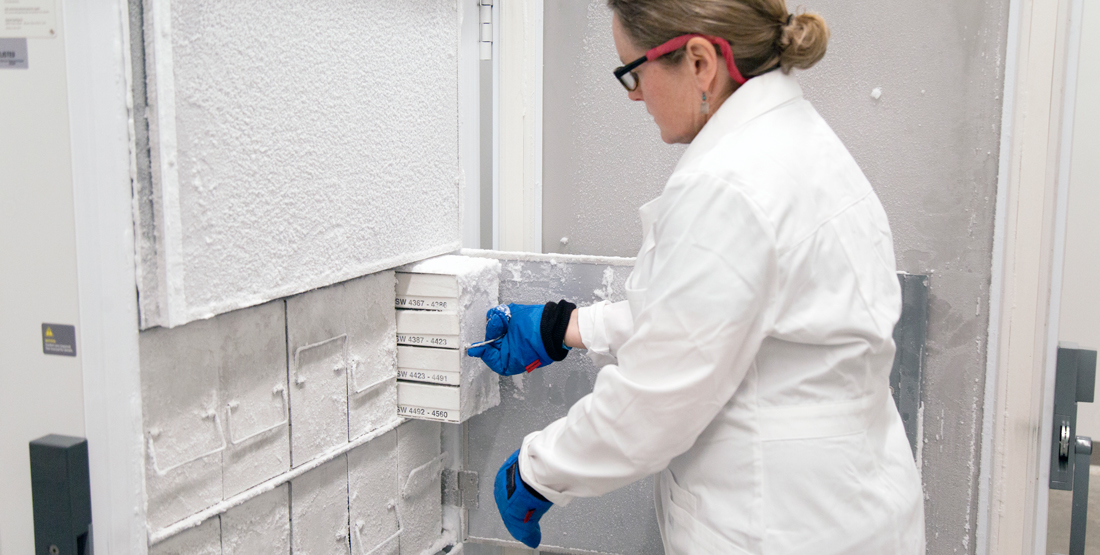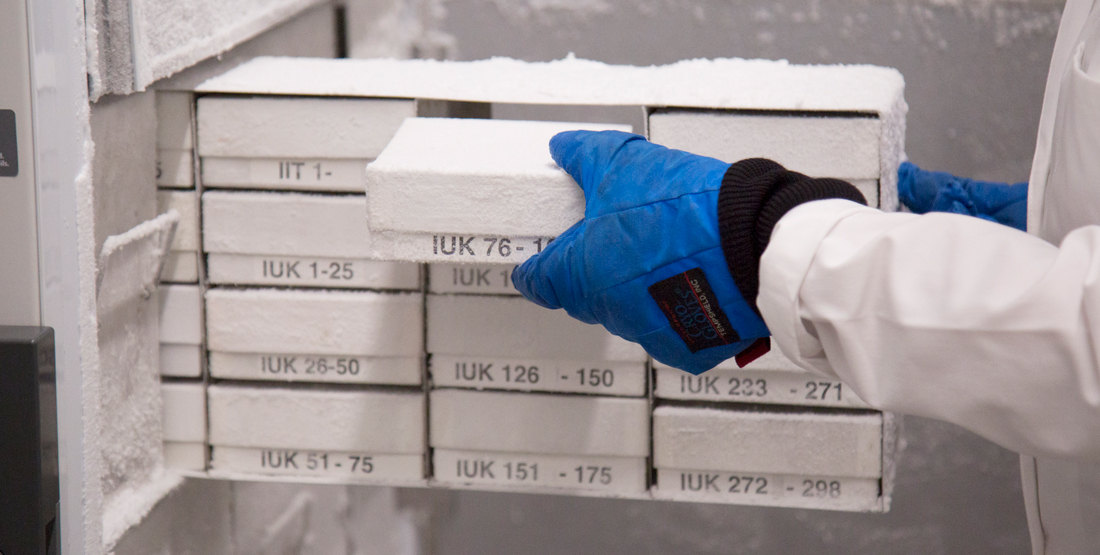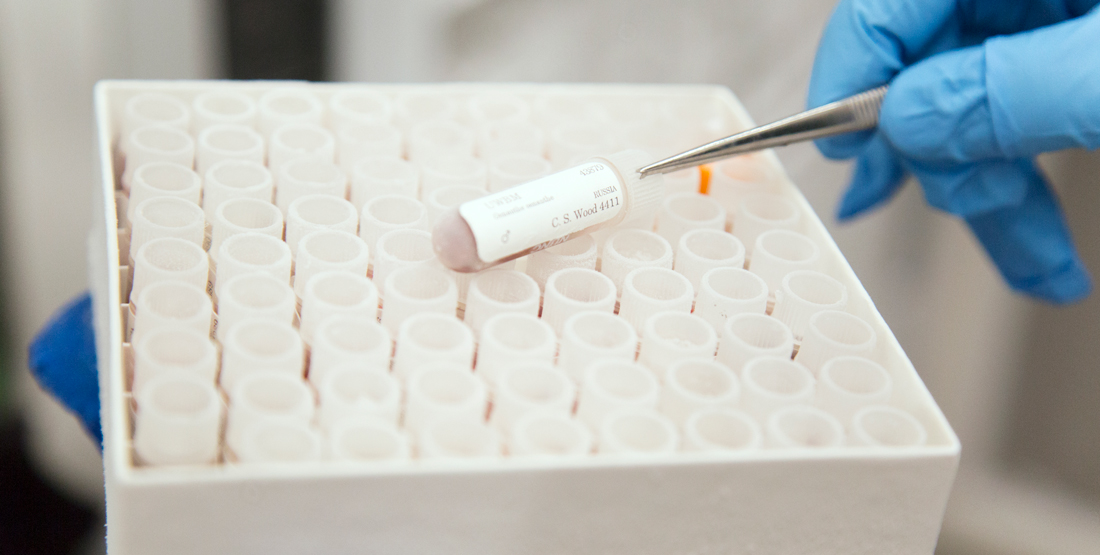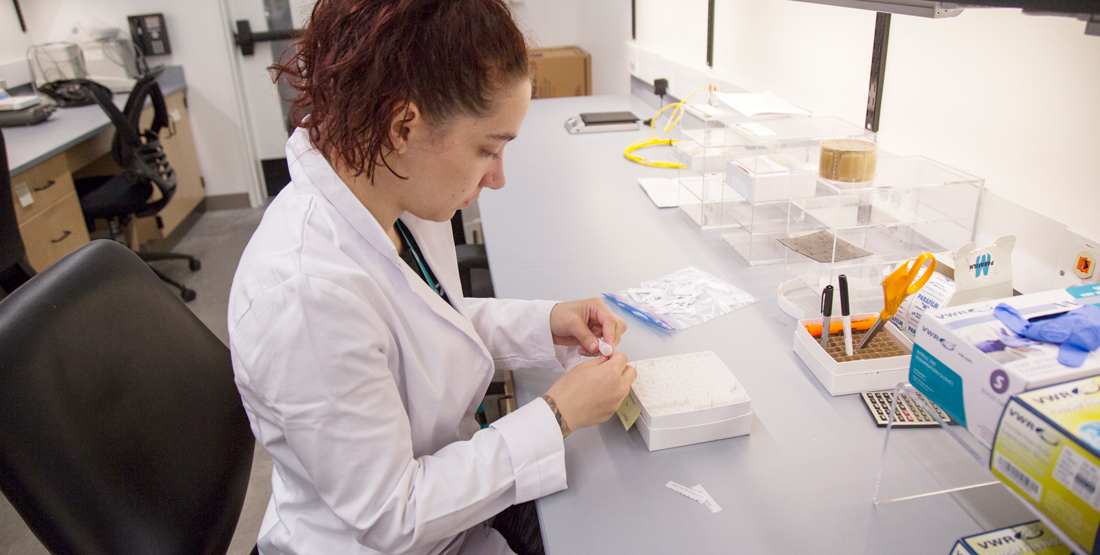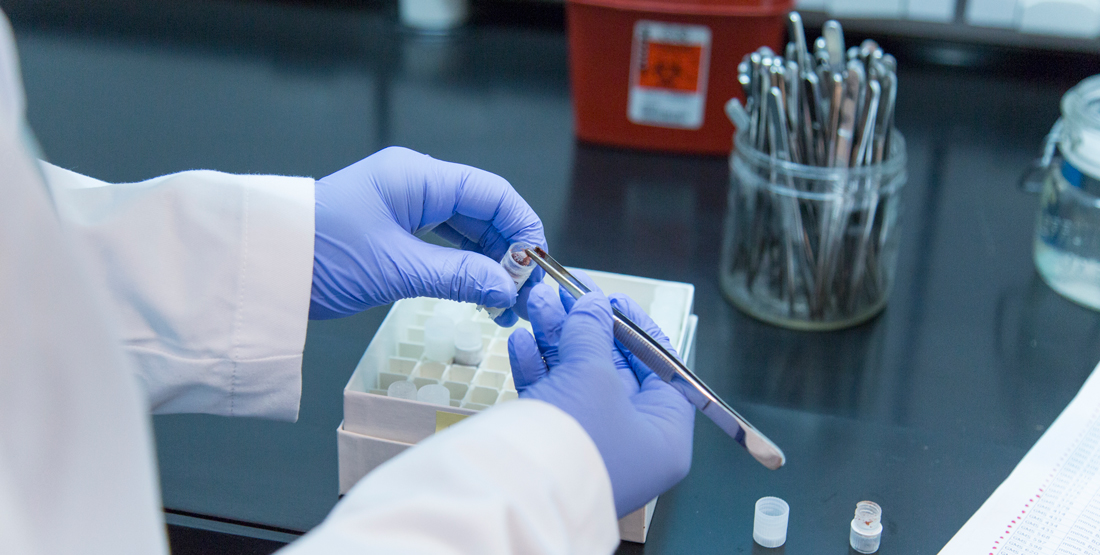At a glance
Genetic Resources Collection
Tissue sub-samples sent to researchers around the world each year
Temperature of the GRC ultracold freezers
Scientific publications based on samples from the collection.
Collection Overview
The Genetic Resource Collection (GRC) at the Burke Museum is one of the largest such collections in the world. It includes the following:
Bird Tissue Samples
Mammal Tissue Samples
Reptile & Amphibian Tissue Samples
Fish Tissue Samples
Tissue Loans
The Burke GRC loans sub-samples of tissues to researchers for molecular studies, which may involve analysis of DNA, RNA, proteins or isotopes, or other molecules.
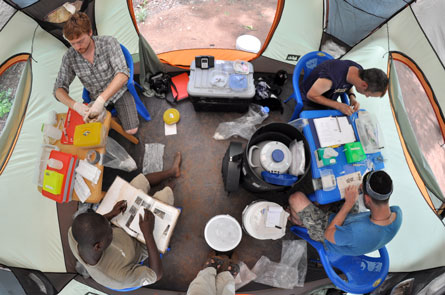
Research & Publications
The GRC has contributed to over 650 publications on various aspects of evolution, conservation, ecology, human medicine, and archaeology, authored by scientists from around the world. Tissues may also be used for species ID (e.g., in bird-airplane strikes or environmental surveys.) Research topics reflect both collection strengths and development of new molecular techniques and fields of enquiry.
Some studies have helped resolve evolutionary relationships among species, or uncovered cryptic species or genetically distinct populations—vital information for making conservation decisions. Others have contributed to understanding specific adaptations such as feather color, the ability to see UV light or resist dietary toxins, or have focused on DNA or protein changes—for example, in immune systems, or in response to strenuous environments such as high altitudes.
Team & Contact
Location and contact information for the Burke Museum Genetic Resources Collection.

Support Genetic Resources
Your gift makes it possible! We couldn't do what we do without generous donor support for collections care, research and public outreach.
